The TickCheck Tick Identification Guide
Did you just find a tick on yourself or a loved one? TickCheck can test your tick and determine whether it carries the bacteria that transmit Lyme disease and other tick-borne infections.
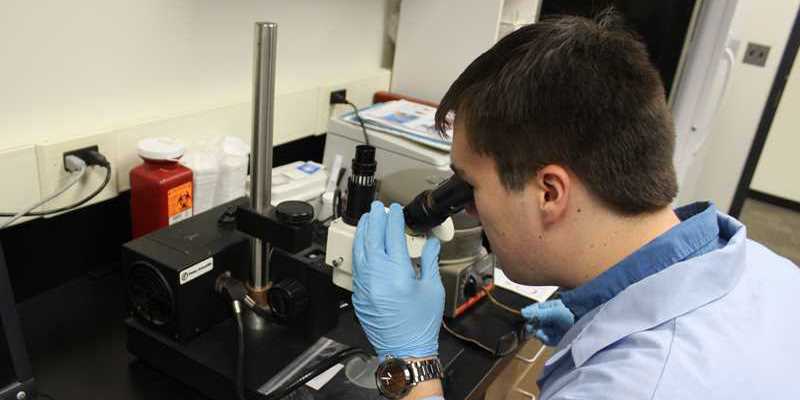 Tick Species
Tick Species
There are hundreds of species of ticks throughout North America. Many species feed solely on wild animals or are found in very specific habitats and are rarely encountered by humans. Other species are commonplace and can be found inhabiting areas frequented by humans and their pets.
The most notorious tick species that come into contact with humans are the deer tick, American dog tick, lone star tick, brown dog tick, and Western blacklegged tick. These tick species have similar life-cycles and habitats, but each transmits a unique set of pathogens and inhabits different geographical regions.
Tick Life StagesTicks go through four life stages: egg, larva, nymph, and adult. Larvae, nymphs, and adults all feed on the blood of vertebrate hosts and are capable of becoming infected with a pathogen while feeding. At their next blood meal, they may then transmit the acquired pathogen to the new host they are feeding on. It is important to be able to recognize the life stage of a tick in order to be protected from tick-borne disease.
Learning about the ticks that inhabit your area and how to identify them, can help to protect you and your family from exposure to tick borne disease. The following guide will be helpful in identifying what type of tick has been encountered.
Identifying Tick Species
While there are hundreds of species of ticks around the world, the majority of tick-borne diseases transmitted to humans and pets are carried by three main tick groups: blacklegged ticks (including the deer tick), dog ticks, and lone star ticks. You can use this chart to identify the five most common variations of these tick types. Click on the tick name or image for a more detailed description.
At TickCheck, we can test all of these species of ticks for all of the most common tick-borne diseases with over 99.99% accuracy.
The following photographs are of adult ticks.
-
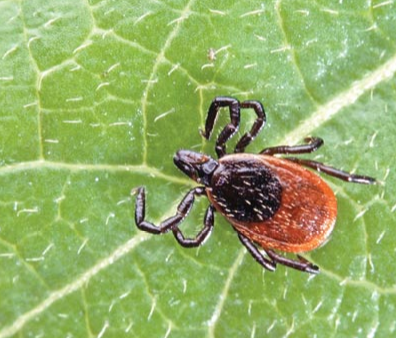 Deer Tick (Eastern blacklegged Tick)
Ixodes scapularis
Deer Tick (Eastern blacklegged Tick)
Ixodes scapularis
The deer tick, also called the blacklegged tick, is one of the most common ticks found in the United States. Deer ticks are the smallest tick in North America, with adults growing to about the size of a sesame seed. They are distinctly reddish and have a solid black dorsal shield with long, thin mouth parts.
Location: Very common across the east coast, upper midwest and Great Lakes regions
-
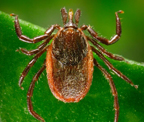 Western Blacklegged Tick
Ixodes pacificus
Western Blacklegged Tick
Ixodes pacificus
Western blacklegged ticks look virtually identical to the deer tick, but with a slightly more oval body. The most important distinguishing factor is that Western blacklegged ticks are found only on the west coast of the United States.
Location: Found across the West Coast from Mexico to Canada
-
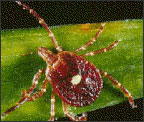 Lone Star Tick
Amblyomma americanum
Lone Star Tick
Amblyomma americanum
The lone star tick is medium-sized, with a very round body, reddish-brown color, and long thin mouthparts. The most easily identifiable characteristic is an obvious white dot on the female's dorsal shield, which gives the tick species its name.
Location: Most common in the southeastern United States, but have been spreading as far north as Maine
-
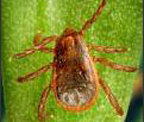 Brown Dog Tick
Rhipicephalus sanguineus
Brown Dog Tick
Rhipicephalus sanguineus
The brown dog tick is small, with an elongated body, reddish-brown color, and hexagonal mouthparts. Unlike the American dog Tick, the brown dog tick does not have a decorated dorsal shield. Most commonly feeds on dogs, but can also infect humans.
Location: Found year-round across the entire United States, but most often seen in southern areas
-
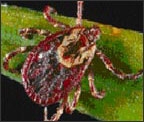 American Dog Tick
Dermecentor variabilis
American Dog Tick
Dermecentor variabilis
The American dog tick is the largest common tick, are brown in color, and have short pointed mouthparts. They have ornate dorsal shields decorated with white markings and festoons. Most commonly feeds on dogs, but can also infect humans.
Location: Found in all areas east of the Rocky Mountains, and a small section of the West Coast
Identifying Tick Life Stages
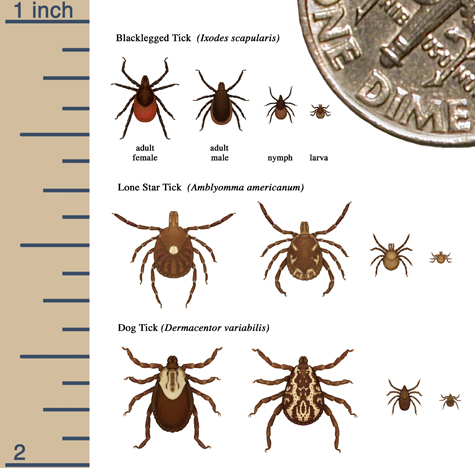
Tick Larvae
Larval ticks are extremely small and hard to see. Larvae of multiple species look very similar and must be identified microscopically by a professional. They have only 6 legs.
Larval ticks have not yet taken a blood meal and but may still carry transmissible pathogens, such as B. lonestari and Rickettsiae
Tick Nymphs
Nymphal ticks have 8 legs and an obvious dorsal shield (the shield-like structure atop the abdomen). They have pale colored abdomens. Nymphs of the major species of tick look very similar and specific identification will need to be made by a professional. If you were bitten by a nymphal tick, our laboratory technicians can identify it for you during the testing process.
Adult Tick
Adult ticks have 8 legs, a distinguishable dorsal shield, and visible mouthparts. The body shape, color, and ornamentation are unique to species and used in identification. Common features used to determine species are festoons (patterns along the outer edge of the abdomen), mouthpart shape and length, and dorsal shield adornment. If you were bitten by an adult tick, you can identify it with the species chart above (or request that our lab ID it for you).
Identifying Male vs. Female Ticks

An easy way to distinguish between male and female ticks, of any species, is to look at the size of the dorsal shield. Regardless of species, the dorsal (upper) shield of males will cover almost the entire abdomen [see right diagram], while the dorsal shield of females will cover only a small portion of the abdomen [see left diagram]. Male dog ticks will have the ornamentation across the whole back for dog ticks.
Determination of the tick's gender is important because adult male ticks, although they may attach, do not take a blood meal and therefore cannot transmit pathogens. It is very likely that any ticks you discover embedded on a human or animal are female.
Found a tick? Place your order for a tick test now!
